This morning, October 27, Japanese voters began voting for 465 seats in the lower house. The early election took place in the context that the ruling Liberal Democratic Party (LDP) led by Prime Minister Ishiba Shigeru may face a major challenge.
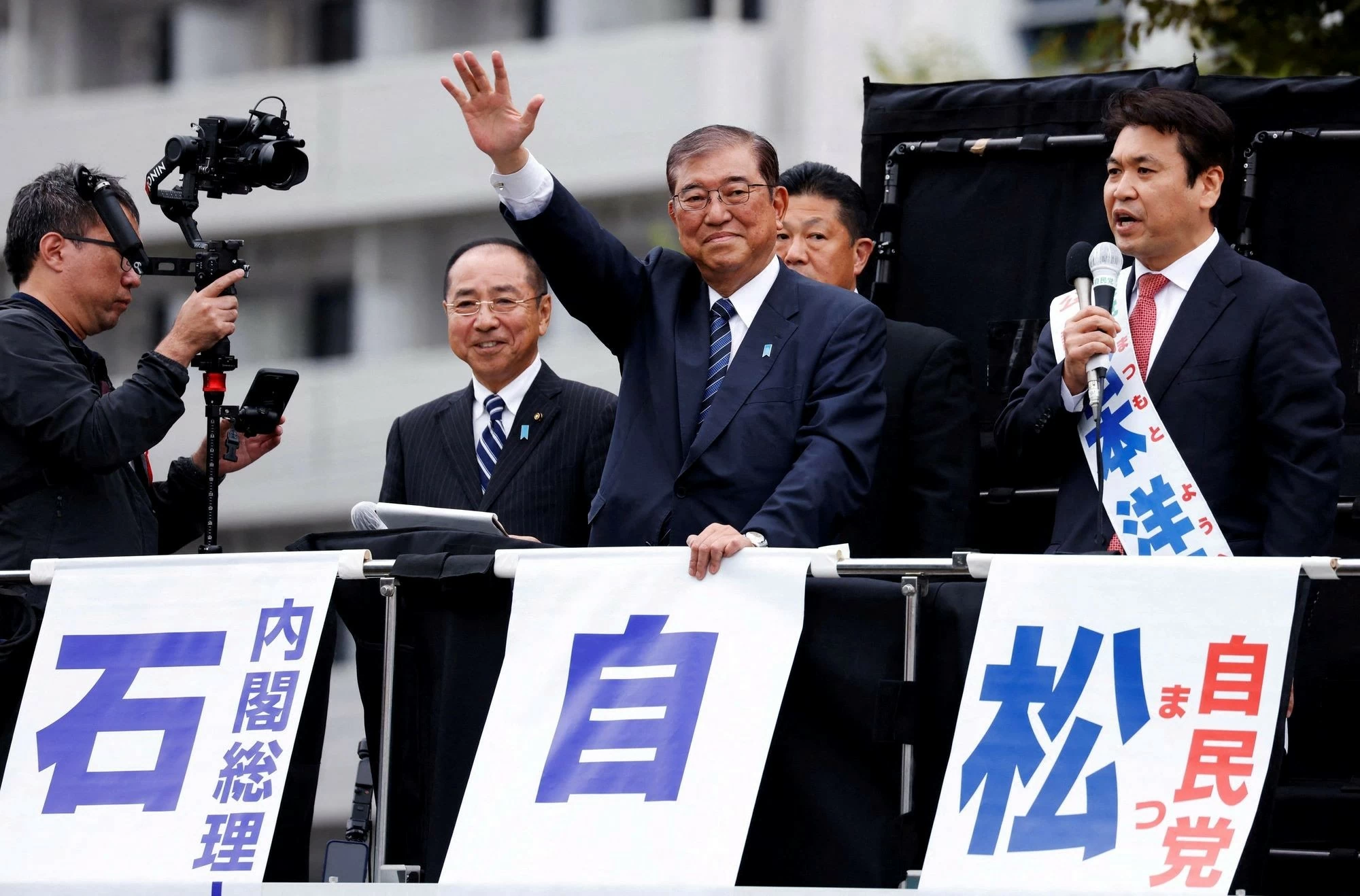 |
| Japanese Prime Minister Ishiba Shigeru waves to voters during a meeting in Tokyo on October 26. (Source: Reuters) |
Starting at 7am this morning, October 27, local time, Japanese voters in 47 provinces and cities across the country began voting to elect their representatives in the 50th general election of the cherry blossom country.
This is an important event in Japan's political and social life, but there is still a possibility that the voter turnout will be as low as in previous elections.
This election has 1,344 candidates, not only from the 9 political parties currently holding seats in the House of Representatives, but also candidates who do not belong to any political party. This is a fierce race of politicians to win 465 positions representing more than 126 million Japanese people.
Attention is turning to whether Japan's ruling Liberal Democratic Party will maintain its majority in the lower house, as media surveys show the LDP-Komeito coalition faces many obstacles.
The general election comes after new Japanese Prime Minister Ishiba Shigeru dissolved the lower house of parliament on October 9 and called a snap election. Mr. Ishiba affirmed that he would restore public trust in politics and push through important policies.
According to Kyodo News , of the 465 seats, voters will directly vote for 289 candidates. The remaining 176 seats will be divided into 11 proportional constituencies and voters will vote for the party they support.
The ruling party or coalition will need to win at least 233 seats to gain a majority. Before the dissolution of the lower house, the LDP-led coalition had won 288 seats.
Meanwhile, the LDP enters this early election with many challenges, including regaining public trust after a political funding scandal within the party in late 2023.
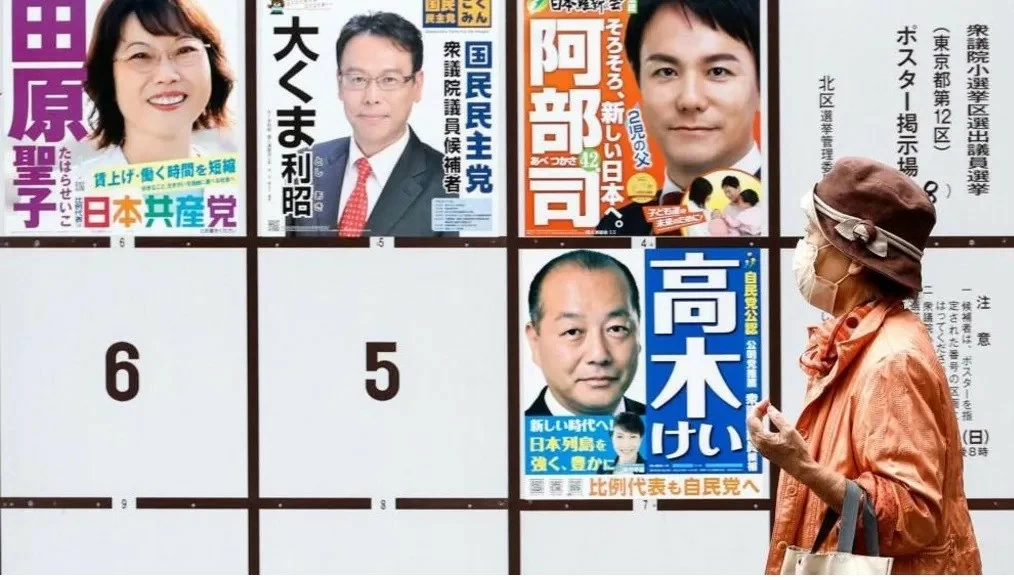 |
| Japanese voters began voting in the general election on the morning of October 27. (Source: EPA) |
In addition, in the final days of this year's election campaign, the LDP has come under further criticism. Kyodo News reported on October 24 that the LDP was found to have transferred election support money to several local branches, led by people involved in the political funding scandal and not officially supported by the party. LDP Secretary General Moriyama Hiroshi said that the money was not sent for election purposes but as part of the local branch's operating expenses, thereby expanding the party's power.
Japanese political experts say that while it is not wrong to support local branches legally, it could affect the image in the eyes of voters that the LDP is secretly supporting those involved in the scandal.
The Japan Times reported on October 27 that Prime Minister Ishiba Shigeru has intensified his campaigning in the final stages to convince the public that the LDP is still a reliable choice to lead the country.
"We cannot leave the country to the hands of an opposition that cannot tell voters how it will act on issues such as the economy , the Constitution or social security," Prime Minister Ishiba Shigeru told supporters in Tokyo on October 26.
Meanwhile, the opposition Constitutional Democratic Party (CDP) has a great chance to increase its number of seats in the lower house and replace the ruling party. The CDP has strongly criticized the LDP regarding the way the ruling party has handled the political funding scandals.
CDP leader Noda Yoshihiko has repeatedly said that preventing the ruling coalition from winning a majority could provide momentum to Japan's political landscape.
The election results are expected to be announced on October 28.
Source: https://baoquocte.vn/tong-tuyen-cu-som-o-nhat-ban-cua-ai-khong-de-vuot-cua-dang-cam-quyen-291550.html




![[Photo] Hanoi morning of October 1: Prolonged flooding, people wade to work](https://vphoto.vietnam.vn/thumb/1200x675/vietnam/resource/IMAGE/2025/10/1/189be28938e3493fa26b2938efa2059e)











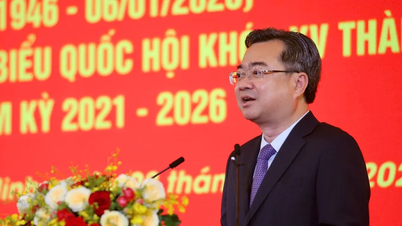

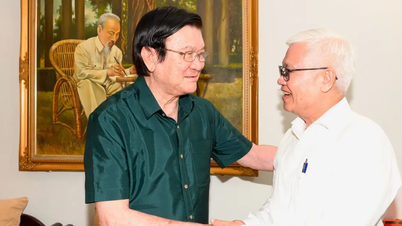



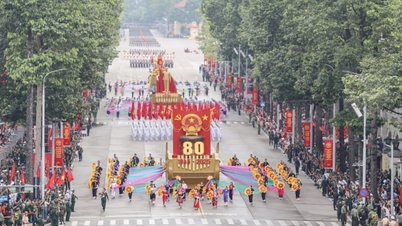
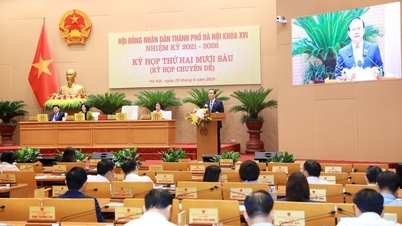

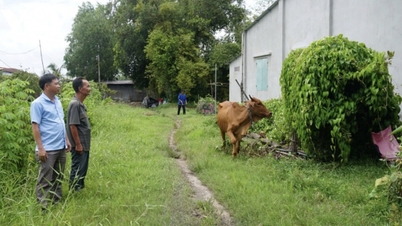










![[Photo] Panorama of the cable-stayed bridge, the final bottleneck of the Ben Luc-Long Thanh expressway](https://vphoto.vietnam.vn/thumb/1200x675/vietnam/resource/IMAGE/2025/9/30/391fdf21025541d6b2f092e49a17243f)
![[Photo] President Luong Cuong receives President of the Cuban National Assembly Esteban Lazo Hernandez](https://vphoto.vietnam.vn/thumb/1200x675/vietnam/resource/IMAGE/2025/9/30/4d38932911c24f6ea1936252bd5427fa)
![[Photo] The 1st Congress of Phu Tho Provincial Party Committee, term 2025-2030](https://vphoto.vietnam.vn/thumb/1200x675/vietnam/resource/IMAGE/2025/9/30/1507da06216649bba8a1ce6251816820)
























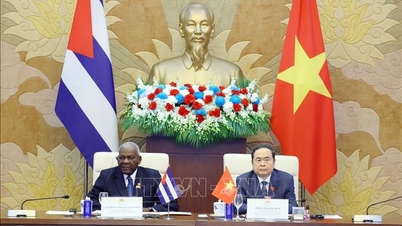









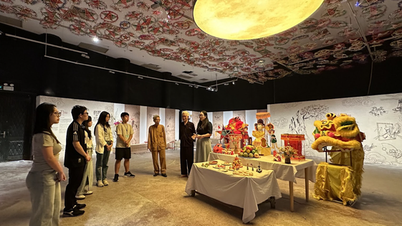





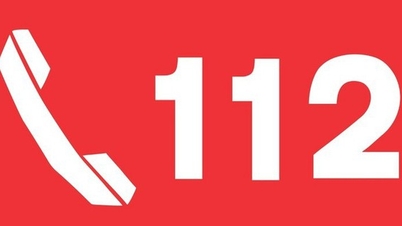
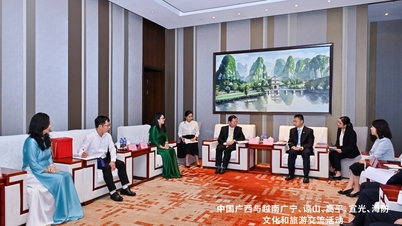

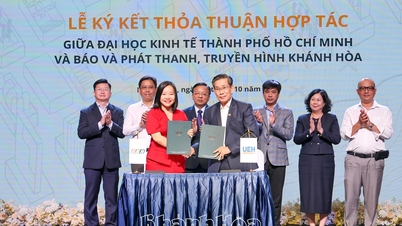





















Comment (0)